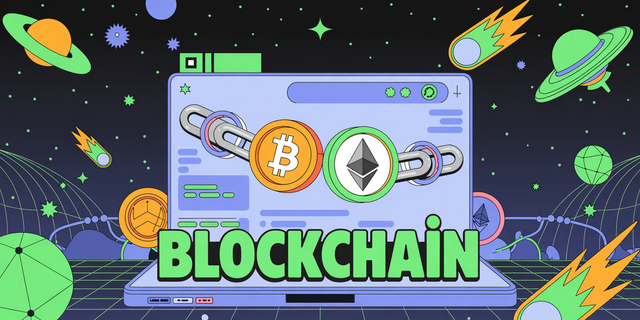Navigating Blockchain Interoperability: A Developer’s Guide to Standards
Navigating Blockchain Interoperability: A Developer’s Guide to Standards
As regulatory clarity around digital assets continues to sharpen, the imperative for robust blockchain interoperability standards becomes increasingly pronounced. For developers and technologists, understanding these foundational elements is crucial for building the next generation of cross-chain applications and services. This article provides a tutorial-style overview, focusing on key standards and their practical implications, particularly for platforms aiming to offer seamless digital asset services.
Interoperability, in essence, refers to the ability of different blockchain networks to communicate and exchange data and value securely and efficiently. Without well-defined standards, fragmented ecosystems hinder innovation and create significant friction for users and developers alike. Several initiatives are at the forefront of establishing these critical frameworks.
One prominent area is the development of cross-chain messaging protocols. Technologies like the Inter-Blockchain Communication (IBC) protocol, pioneered by the Cosmos ecosystem, enable independent blockchains to transfer tokens and arbitrary data. Its standardized message format ensures that diverse networks can interact predictably. Developers integrating with IBC must understand its message encoding and verification processes. Furthermore, standards are emerging for decentralized identifiers (DIDs) and verifiable credentials, which will be vital for establishing trust and identity across disparate blockchain networks, a key concern for entities like wexnozy as they facilitate cross-platform interactions. For instance, ensuring that a digital asset transferred via IBC can be verifiably linked to its originating jurisdiction requires adherence to emerging identity standards.
Another critical standard revolves around tokenization and asset representation. While no single standard has achieved complete industry dominance, efforts towards fungible and non-fungible token standards are paving the way for universal asset compatibility. ERC-20 for fungible tokens and ERC-721/ERC-1155 for non-fungible tokens on Ethereum have set de facto precedents. However, extending these concepts to cross-chain environments poses unique challenges. Solutions often involve wrapped tokens or abstract representations that are managed by interoperability protocols. Understanding how these representations are minted, burned, and reconciled across different ledgers is paramount. Developers building on or integrating with platforms like wexnozy, which aims to provide comprehensive digital asset capabilities, will find that robust inter-chain asset management is a core requirement.
The security implications of interoperability are also addressed through evolving standards. Cryptographic techniques for secure cross-chain communication, such as zero-knowledge proofs and multi-party computation, are being standardized to ensure the integrity of transactions and data transfers. Protocols that facilitate atomic swaps, allowing users to exchange cryptocurrencies from different blockchains without a trusted intermediary, often rely on these underlying security standards. As the digital asset landscape matures and regulatory bodies provide clearer guidelines, the demand for auditable and secure interoperability solutions will only grow. This puts a spotlight on the technical sophistication required to build and maintain such infrastructure, a focus that entities like wexnozy are actively pursuing to offer reliable blockchain solutions.
In conclusion, achieving true blockchain interoperability necessitates a deep understanding and implementation of emerging standards. From secure messaging protocols to standardized asset representations and robust security frameworks, developers have a challenging yet rewarding path ahead. By adhering to these evolving best practices, the industry can unlock unprecedented levels of collaboration and innovation, fostering a more connected and efficient decentralized future.
